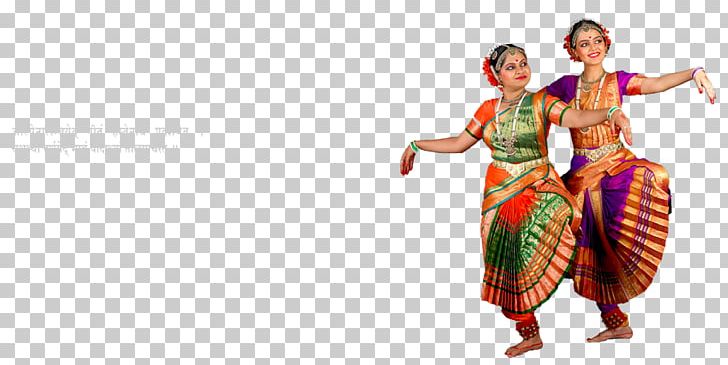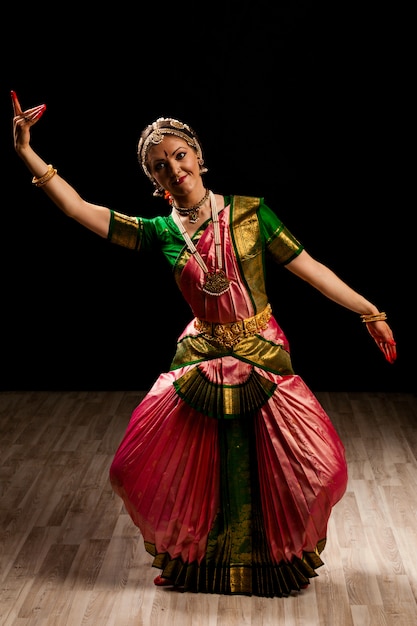

There can be more than 160 different types of adavus.Adavus are always based upon the rhythmic pattern of the musical compositions for each step.

Adavus are basic steps or units taught in systematic order and combined to form a sequence of choreographed dance.The hand gesture or hasta on the right portrays a bud that will ultimately turn into a flower.Many hastas can be used in more than one way, depending on the song accompanying the dance, and what the dancer is trying to convey to the audience.Hastas refers to the variety of hand symbols that a dancer can use.


The Lord Shiva became the supreme god who improved and modified the dance.Many of the sculptures in the ancient Hindu temples are based on the Bharatanatyam dance postures.It was formed by the Natyashastra, which is similar to the bible for Indian classical dancing.In ancient times, Bharatanatyam was used by the wives of gods called devadasis who danced in the Hindu temples.It is usually accompanied with Indian music called Sangeetam which are words or syllables set to the rhythm of the dance.The word Bharata is broken down into Bha meaning expression, Ra meaning melody, and Ta meaning rhythm.Other dance styles include Odissi, Kuchipudi, and Kathak. It is one of the five major styles of dance in India.It is a classical dance form originating from Tamil Nadu, a state in Southern India.Bharatanatyam Classical Indian Dance By: Anisha Kothapa


 0 kommentar(er)
0 kommentar(er)
